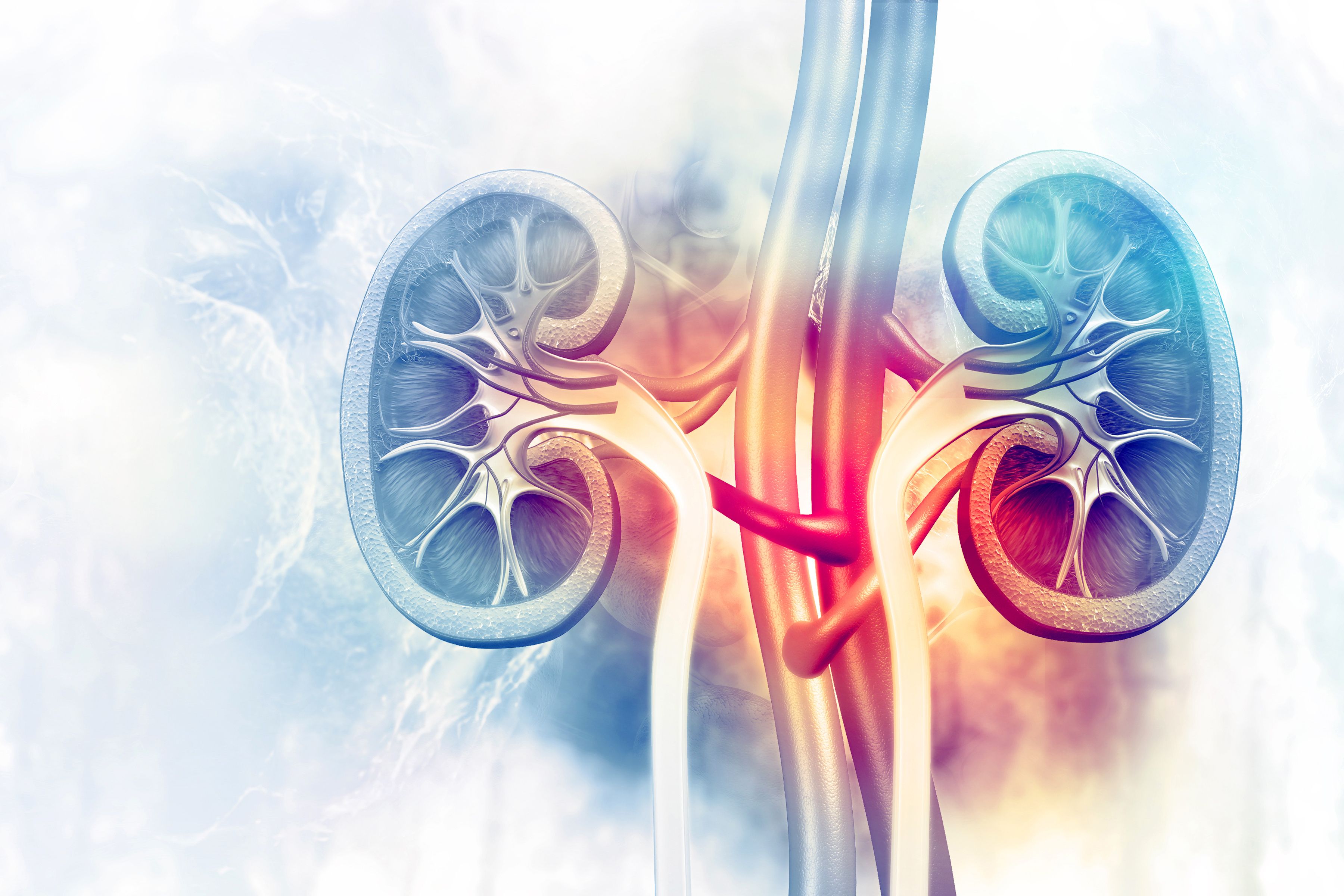Article
Decline in Health Care Services for Patients With CKD Linked to COVID-19 Pandemic
Author(s):
A retrospective observational study found that there was a decline in health care services for patients with chronic kidney disease (CKD) during the early months of the COVID-19 pandemic.
Although telehealth was able to partially compensate for the decline, a study published in the Journal of General Internal Medicine found that there was a sharp decline of in-person health care encounters for patients with chronic kidney disease (CKD), which led to higher odds of a care deficit.
CKD affects approximately 15% of adults in the United States. The COVID-19 pandemic changed the way care was delivered to all, with social distancing, facility closures, and personal demands leading to reductions in health care utilization. The present study aimed to identify disruptions in care for patients with CKD by using data on patients with CKD who were not on dialysis.
Patients who were enrolled in commercial and Medicare Advantage (MA) health plans through the UnitedHealth Group from January 2018 to August 2021 were included in a retrospective study. Patients were categorized as having CKD based on lab results data and a patient having greater than or equal to 2 CKD claims or 2 estimated glomerular filtration rate results of less than 60 mL/min/1.73 m2 at least 90 days apart in 2018.
The COVID-19 pandemic was split into 3 periods of time: early (March 1, 2020-June 30, 2020), prevaccine (July 1, 2020-December 31, 2020), and late (January 1, 2021-August 31, 2021). Health care utilization was measured to quantify any reductions in care before and during the pandemic, which was calculated by determining the average monthly number of outpatient consultations during the baseline period from January 2019 to February 2020.
Prescription medication use and laboratory test procedure data were collected from all participants as well.
There were 248,898 participants in this study. Participants had a mean age of 79.1 years, 58.5% were female, 16.6% were classified as Black, and the majority were insured by MA (95.8%); 94.1% of the cohort had baseline stage 3 CKD and 5.9% had stage 4.
The prepandemic period saw 1576 visits per month per 1000 patients. Face-to-face encounters decreased by 24.2% during the overall pandemic period, with telehealth services increasing by 14.2% and an overall average reduction in monthly encounters of 10% in patients with CKD. Health care utilization reduction and increase in telehealth services were felt the most in the early pandemic, when average monthly care reduction was 19.8%.
There was an approximately 7% reduction in monthly encounters in the prevaccine and late periods of the pandemic due to the increasing face-to-face encounters and decreasing telehealth encounters. There was an approximately 20% reduction in face-to-face visits from March 2020 to April 2020 from mean 2019 levels. Telehealth visits rose in April 2020 but declined in May and June of 2020.
Utilization of the most prevalent laboratory procedures fell during the prepandemic period. Reductions ranged from 11.8% to 43.3% and were largest in the early pandemic period, where reductions ranged from 25% to 50.2%. Urine testing also fell by 31.6% in the early pandemic period and was 17.4% below prepandemic levels by the late pandemic period.
There were 62,764 participants who were classified as having a high care deficit and 62,512 who were classified as having a low care deficit based on number of encounters from pre- and late pandemic periods. Patients in younger age categories, men, had commercial insurance, and residing in the south and west were more likely to have a high care deficit during the pandemic.
There were some limitations to this study. All payers were not represented in the study, so results may not be generalizable. Medical claims were used to identify patients with CKD, which means that some individuals with CKD may have been missed due to a lack of a diagnosis code. Data from March to August 2021 may not represent data from months following. Lab testing may have been influenced by the lack of nonurgent and elective procedures. There is no additional data on context of declines in the utilization. Regional trends were not observed as this study was done on a national level.
The researchers concluded that participants with CKD had significant disruptions in health care utilization, medication refills, and disease monitoring during the early COVID-19 pandemic.
Reference
Diamantidis CJ, Cook DJ, Dunning S, et al. Missing care: the initial impact of the COVID-19 pandemic on CKD care delivery. J Gen Intern Med. Published online September 26, 2022. doi:10.1007/s11606-022-07805-w




